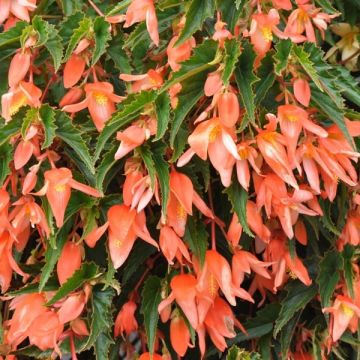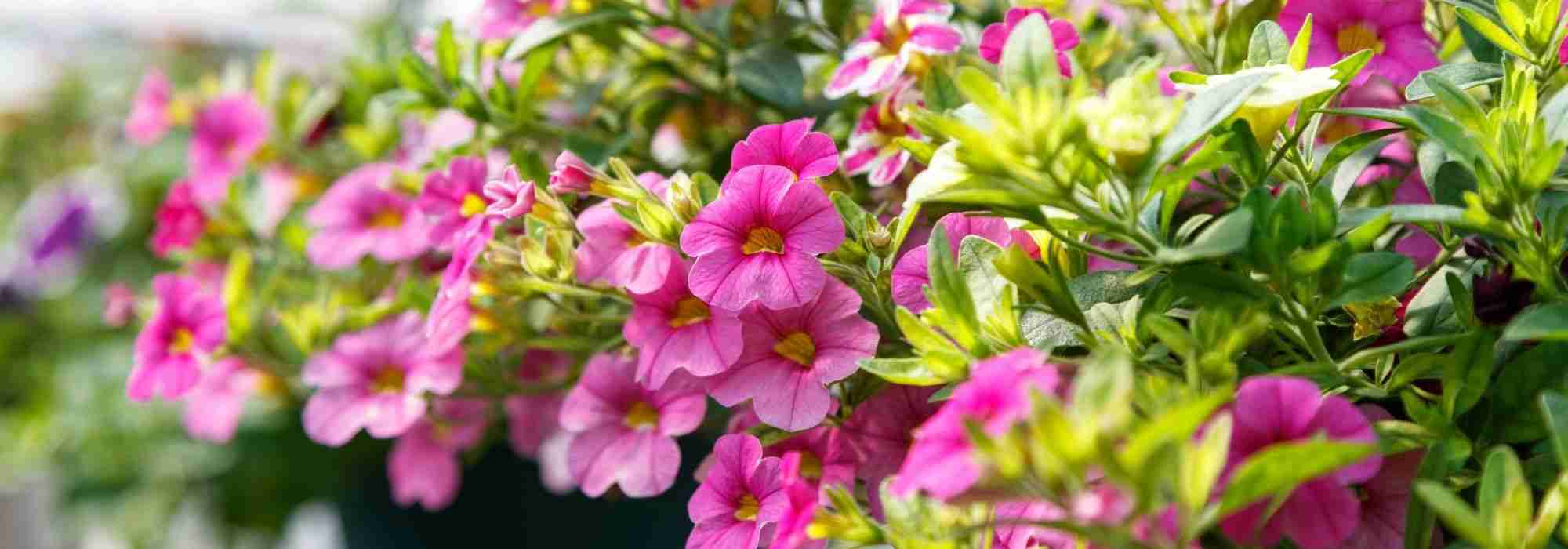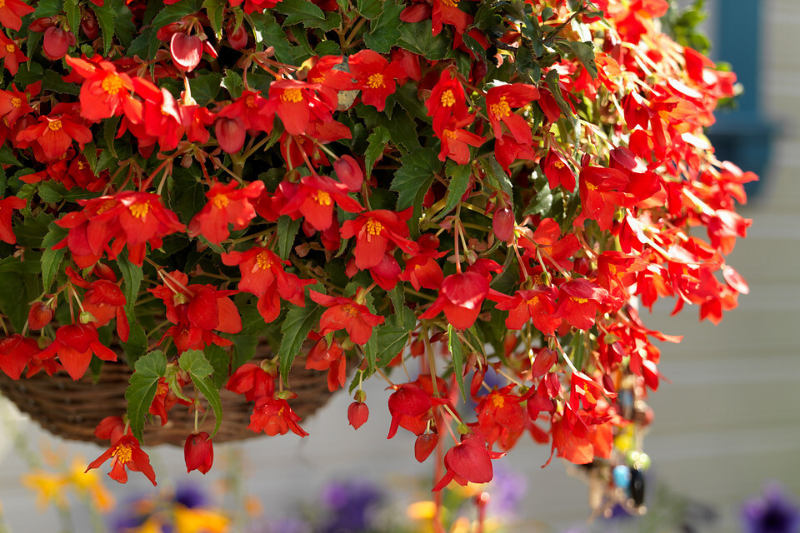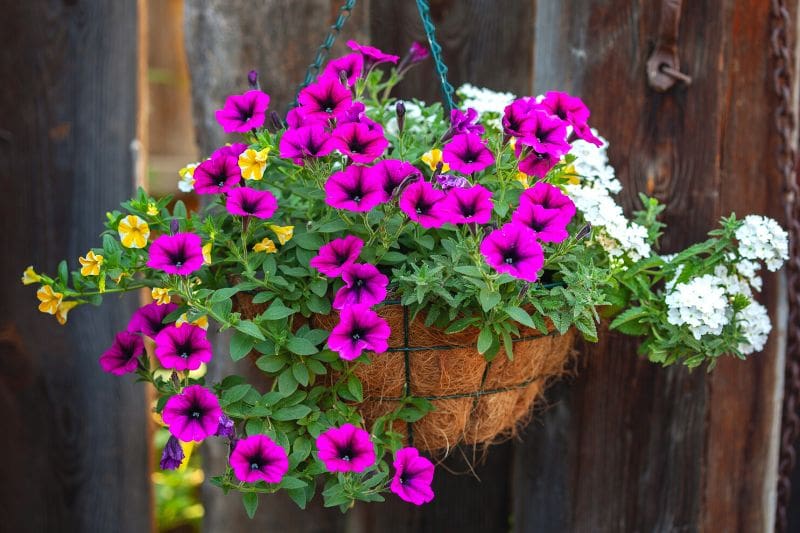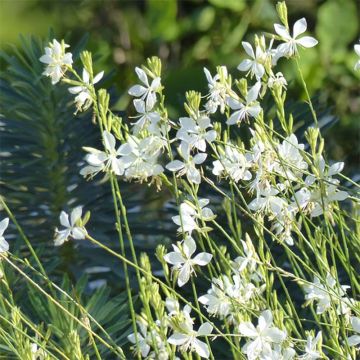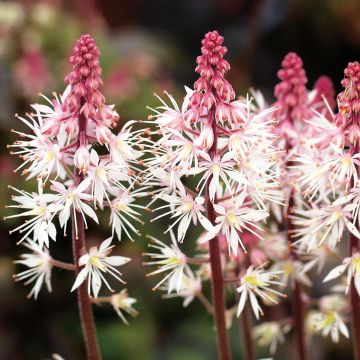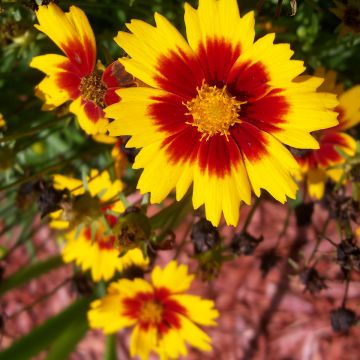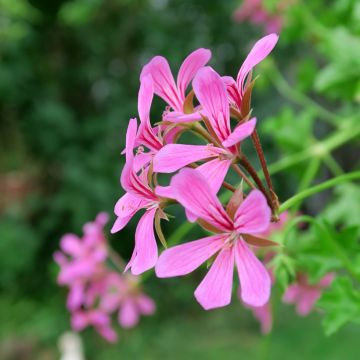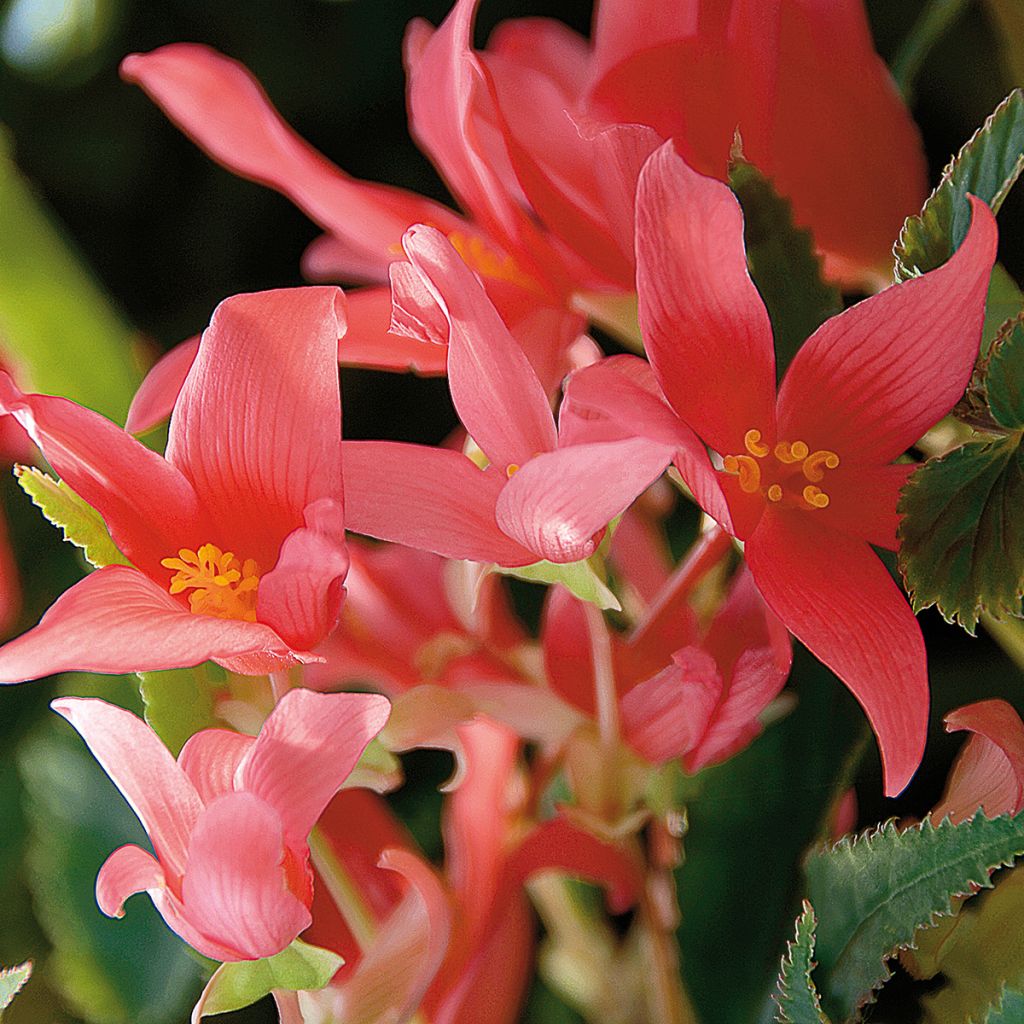

Begonia boliviensis Summerwings Rose
Begonia boliviensis Summerwings Rose
Begonia boliviensis Summerwings Rose
Bolivian Begonia, Bonfire Begonia
Special offer!
Receive a €20 voucher for any order over €90 (excluding delivery costs, credit notes, and plastic-free options)!
1- Add your favorite plants to your cart.
2- Once you have reached €90, confirm your order (you can even choose the delivery date!).
3- As soon as your order is shipped, you will receive an email containing your voucher code, valid for 3 months (90 days).
Your voucher is unique and can only be used once, for any order with a minimum value of €20, excluding delivery costs.
Can be combined with other current offers, non-divisible and non-refundable.
Home or relay delivery (depending on size and destination)
Schedule delivery date,
and select date in basket
This plant carries a 6 months recovery warranty
More information
We guarantee the quality of our plants for a full growing cycle, and will replace at our expense any plant that fails to recover under normal climatic and planting conditions.
Would this plant suit my garden?
Set up your Plantfit profile →
Description
The trailing Begonia Summerwings 'Rose' is a hybrid of Begonia boliviensis that forms a cascade of elongated, green foliage, covered with clusters of pink flowers in simple and elongated corollas. It is an annual ideal for hanging baskets and containers, vigorous and very floriferous, well-branched, with an initially upright habit that then trails. Low-maintenance and undemanding, it blooms from June until the first frost, in both sun and shade. This variety shows excellent resistance to sun and heat.
Begonia Summerwings 'Rose' is an herbaceous annual plant belonging to the Begonia family. This variety is part of a series of hybrids selected for their rapid growth, floriferousness, trailing and branched habit, as well as their high resistance and ease of cultivation. 'Summerwings 'Rose' quickly reaches 30 cm (12in) in height and 50 cm (20in) in diameter, and can cascade up to 60-70 cm (24-28in). Appearing in June and lasting until October-November, its flowers are simple, elongated, and composed of petals shaped like wings, in a bright and shiny pink colour. They are grouped in clusters and bloom among elegant elongated leaves. The plant tolerates partial shade and sun, as well as rainy and cool summers, and even heatwaves, which do not prevent it from flowering.
Begonia is an ideal plant for full sun, but it can also be placed in partial shade, in well-drained soil or substrate. With regular feeding, it will continue to bloom for a long time. Place annual begonias on the patio or balcony, in hanging baskets, containers, or pots. Pair them with other annuals such as Impatiens and lobelias. You can also plant them in the ground, in a well-maintained and colorful flower bed, alongside perennials and summer-flowering bulbs. Finally, it's worth knowing that there are hardy begonias, such as Begonia grandis.
Note: Please be aware that our young plug plants are professional products intended for experienced gardeners: upon receipt, transplant and store them in a sheltered place (veranda, greenhouse, cold frame...) at a temperature above 14°C (57.2°F) for a few weeks before being installed outdoors once the risk of frost is definitively eliminated.
Report an error about the product description
Flowering
Foliage
Plant habit
Botanical data
Begonia
boliviensis
Summerwings Rose
Bégoniaceae
Bolivian Begonia, Bonfire Begonia
Cultivar or hybrid
Other Begonia
View all →Planting and care
Begonia Summerwings 'Rose' blooms from June until the first frost. It is planted in well-drained, fertile, moist soil in full sun or partial shade. Moderate watering is recommended (it does not tolerate excessive water!) and regular feeding for intense flowering. The Summerwings Begonia may be subject to powdery mildew. The Begonia is a frost-sensitive plant, so it does not tolerate negative temperatures. For this reason, it is often grown in containers that can be easily brought indoors into heated greenhouses or under a conservatory at the first signs of cold weather. If planted in the ground, it is time to remove them and store them in a sheltered place until the following spring.
Planting period
Intended location
Care
Planting & care advice
This item has not been reviewed yet - be the first to leave a review about it.
Similar products
Haven't found what you were looking for?
Hardiness is the lowest winter temperature a plant can endure without suffering serious damage or even dying. However, hardiness is affected by location (a sheltered area, such as a patio), protection (winter cover) and soil type (hardiness is improved by well-drained soil).

Photo Sharing Terms & Conditions
In order to encourage gardeners to interact and share their experiences, Promesse de fleurs offers various media enabling content to be uploaded onto its Site - in particular via the ‘Photo sharing’ module.
The User agrees to refrain from:
- Posting any content that is illegal, prejudicial, insulting, racist, inciteful to hatred, revisionist, contrary to public decency, that infringes on privacy or on the privacy rights of third parties, in particular the publicity rights of persons and goods, intellectual property rights, or the right to privacy.
- Submitting content on behalf of a third party;
- Impersonate the identity of a third party and/or publish any personal information about a third party;
In general, the User undertakes to refrain from any unethical behaviour.
All Content (in particular text, comments, files, images, photos, videos, creative works, etc.), which may be subject to property or intellectual property rights, image or other private rights, shall remain the property of the User, subject to the limited rights granted by the terms of the licence granted by Promesse de fleurs as stated below. Users are at liberty to publish or not to publish such Content on the Site, notably via the ‘Photo Sharing’ facility, and accept that this Content shall be made public and freely accessible, notably on the Internet.
Users further acknowledge, undertake to have ,and guarantee that they hold all necessary rights and permissions to publish such material on the Site, in particular with regard to the legislation in force pertaining to any privacy, property, intellectual property, image, or contractual rights, or rights of any other nature. By publishing such Content on the Site, Users acknowledge accepting full liability as publishers of the Content within the meaning of the law, and grant Promesse de fleurs, free of charge, an inclusive, worldwide licence for the said Content for the entire duration of its publication, including all reproduction, representation, up/downloading, displaying, performing, transmission, and storage rights.
Users also grant permission for their name to be linked to the Content and accept that this link may not always be made available.
By engaging in posting material, Users consent to their Content becoming automatically accessible on the Internet, in particular on other sites and/or blogs and/or web pages of the Promesse de fleurs site, including in particular social pages and the Promesse de fleurs catalogue.
Users may secure the removal of entrusted content free of charge by issuing a simple request via our contact form.
The flowering period indicated on our website applies to countries and regions located in USDA zone 8 (France, the United Kingdom, Ireland, the Netherlands, etc.)
It will vary according to where you live:
- In zones 9 to 10 (Italy, Spain, Greece, etc.), flowering will occur about 2 to 4 weeks earlier.
- In zones 6 to 7 (Germany, Poland, Slovenia, and lower mountainous regions), flowering will be delayed by 2 to 3 weeks.
- In zone 5 (Central Europe, Scandinavia), blooming will be delayed by 3 to 5 weeks.
In temperate climates, pruning of spring-flowering shrubs (forsythia, spireas, etc.) should be done just after flowering.
Pruning of summer-flowering shrubs (Indian Lilac, Perovskia, etc.) can be done in winter or spring.
In cold regions as well as with frost-sensitive plants, avoid pruning too early when severe frosts may still occur.
The planting period indicated on our website applies to countries and regions located in USDA zone 8 (France, United Kingdom, Ireland, Netherlands).
It will vary according to where you live:
- In Mediterranean zones (Marseille, Madrid, Milan, etc.), autumn and winter are the best planting periods.
- In continental zones (Strasbourg, Munich, Vienna, etc.), delay planting by 2 to 3 weeks in spring and bring it forward by 2 to 4 weeks in autumn.
- In mountainous regions (the Alps, Pyrenees, Carpathians, etc.), it is best to plant in late spring (May-June) or late summer (August-September).
The harvesting period indicated on our website applies to countries and regions in USDA zone 8 (France, England, Ireland, the Netherlands).
In colder areas (Scandinavia, Poland, Austria...) fruit and vegetable harvests are likely to be delayed by 3-4 weeks.
In warmer areas (Italy, Spain, Greece, etc.), harvesting will probably take place earlier, depending on weather conditions.
The sowing periods indicated on our website apply to countries and regions within USDA Zone 8 (France, UK, Ireland, Netherlands).
In colder areas (Scandinavia, Poland, Austria...), delay any outdoor sowing by 3-4 weeks, or sow under glass.
In warmer climes (Italy, Spain, Greece, etc.), bring outdoor sowing forward by a few weeks.






























